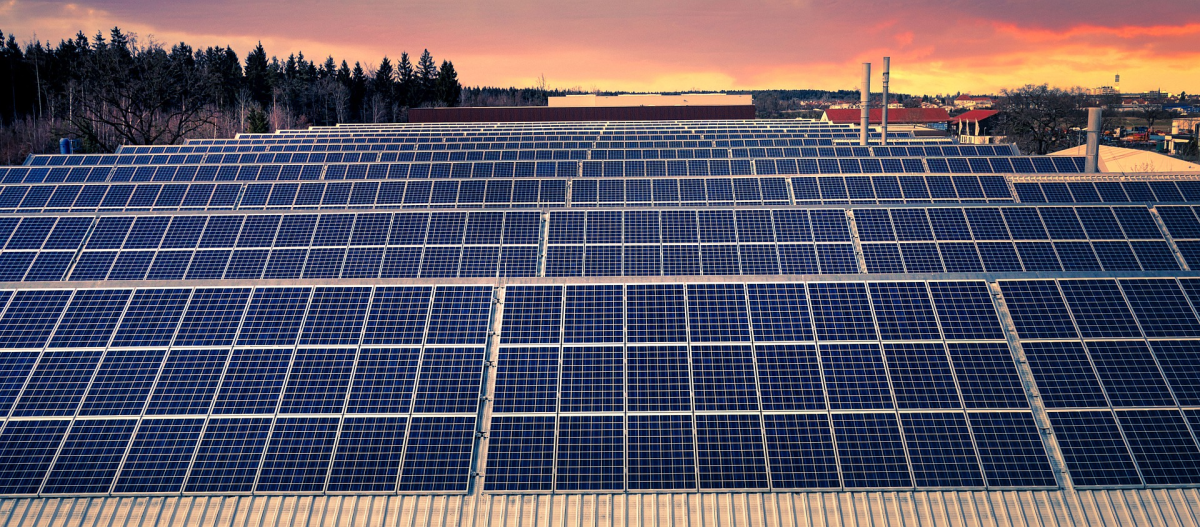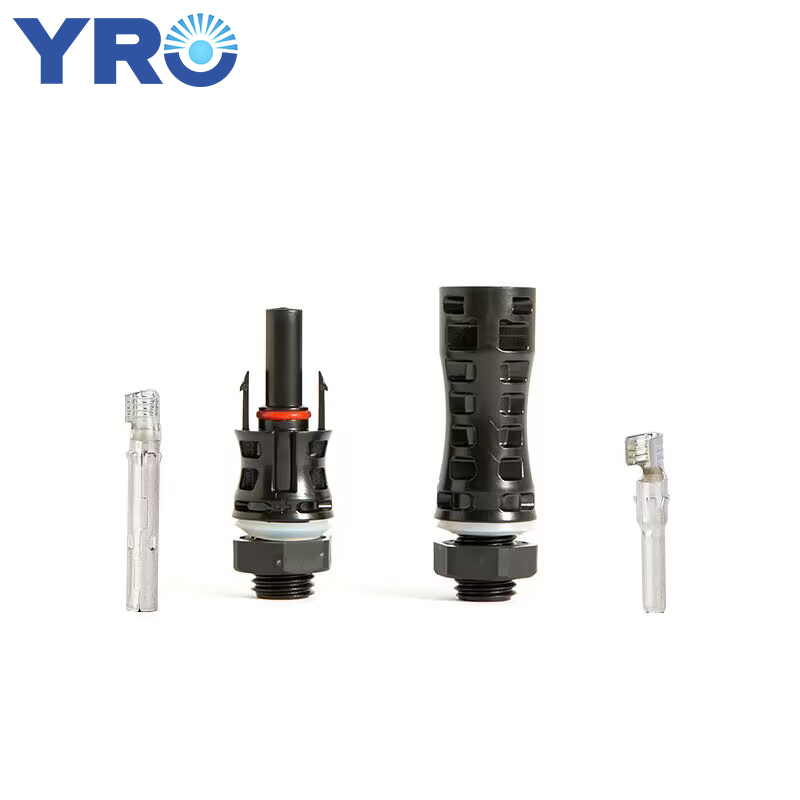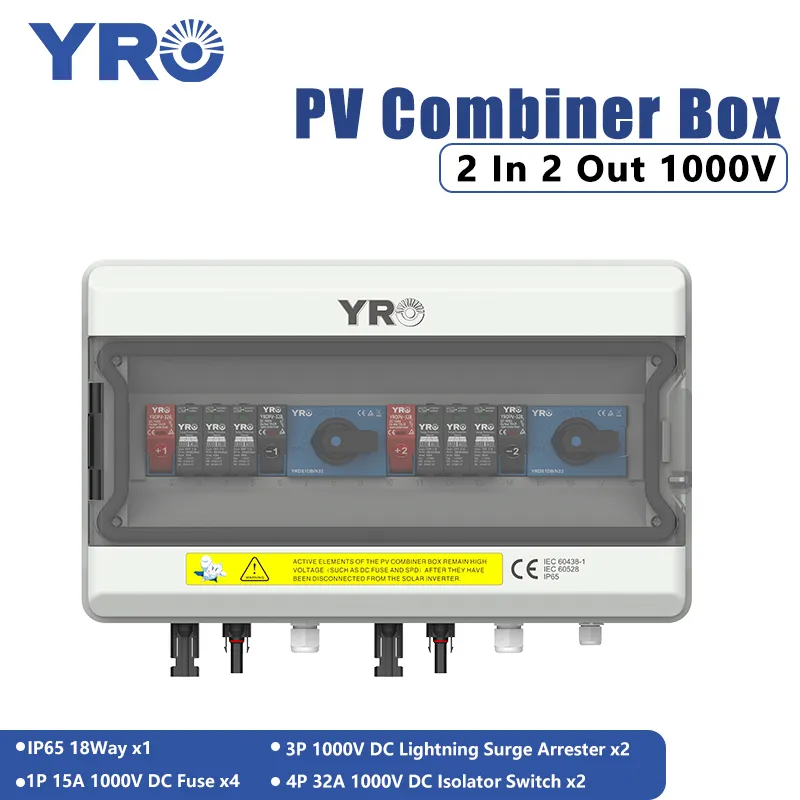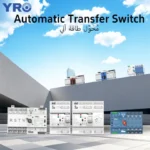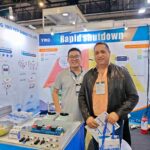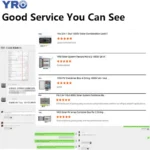Introduction
In the rapidly evolving landscape of solar energy, the integration of a Rapid Shutdown Device (RSD) has become crucial. This article explores the significance, functionalities, and benefits of RSDs in solar photovoltaic (PV) systems, underlining their role in enhancing safety and efficiency.
What is a Rapid Shutdown Device?
A Rapid Shutdown Device is a safety mechanism designed for solar PV systems. It quickly disconnects the PV modules or arrays from the inverter, reducing the voltage to a safe level within seconds. This feature is particularly vital during emergencies like fires or electrical faults, ensuring the safety of first responders and maintenance personnel.
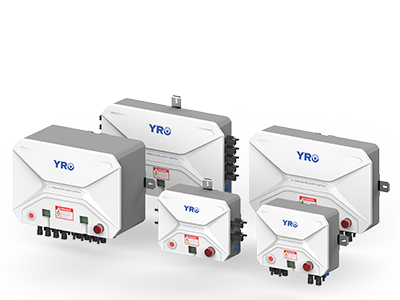

YRO Modular level RSD DC 24V Series YRSD Rapid Shutdown Devic
The Need for Rapid Shutdown in Solar Installations
Enhanced Safety: RSDs are critical in mitigating electrical hazards, especially during emergencies. They ensure that high-voltage DC power from solar panels is quickly brought to a safe level, protecting both emergency responders and the property.
Compliance with Regulations: Many regions have incorporated rapid shutdown requirements into their electrical codes. Compliance with these standards is essential for legal and safe operation of solar installations.
System Maintenance: RSDs facilitate safer maintenance and repair operations by allowing technicians to de-energize the PV array swiftly.
How Rapid Shutdown Devices Work
RSDs are typically integrated within the solar array and are activated in several ways:
Manual Activation: Through a switch or a remote control system.
Automatic Activation: Triggered by external sensors detecting anomalies like smoke, heat, or irregular electrical flows.
Once activated, RSDs quickly reduce the voltage in the PV array to a safe level, usually below 80 volts within 30 seconds, as per common safety standards.
Applications and Benefits
Residential and Commercial Solar Systems: RSDs are essential in both residential and commercial settings, providing an extra layer of safety for buildings equipped with solar PV systems.
Utility-Scale Solar Installations: On a larger scale, RSDs ensure the safety of extensive solar farms, especially in the event of environmental hazards.
Benefits:
Safety Assurance: RSDs provide peace of mind, knowing that the system can be quickly made safe in case of an emergency.
Compliance and Insurance: Meeting safety standards and potentially lowering insurance costs due to enhanced safety measures.
System Longevity: Protecting the system from electrical damage during faults, thereby extending its lifespan.
Conclusion
Rapid Shutdown Devices have become an indispensable component of modern solar PV systems, aligning with the growing emphasis on safety and efficiency in renewable energy technologies. Their ability to quickly mitigate risks and comply with evolving safety standards makes them a critical investment for any solar energy project. As the solar industry continues to expand, the role of RSDs in ensuring safe and efficient energy production will undoubtedly become more significant, cementing their status as a key player in the solar energy sector.

